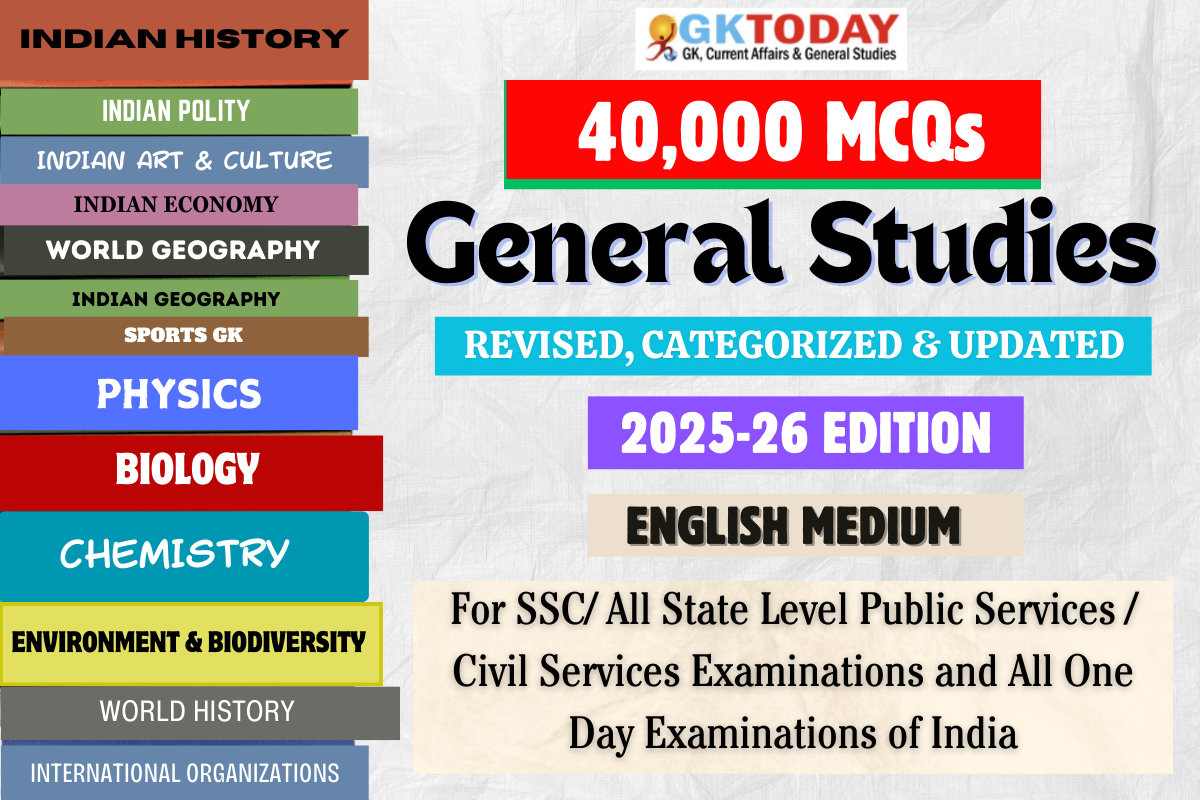21. In which of the following states is the festival of Hareli celebrated?
[A] Punjab
[B] Odisha
[C] Madhya Pradesh
[D] Chhattisgarh
Show Answer
Correct Answer: D [Chhattisgarh]
Notes:
The Hareli festival is one of the famous celebrations of Chhattisgarh. It is an old traditional festival of Chhattisgarh that marks the beginning of Shravan month, the holy month for Hindus. Hareli festival is actually a festival of harvest focusing on the monsoon of a year. The Goddess ‘Kutki Dai’ is the presiding deity worshiped during this festival for good crops.
22. Sitara Devi is associated with which form of art?
[A] Manipu ridance
[B] Kathak dance
[C] Garba dance
[D] Hindustani Vocal
Show Answer
Correct Answer: B [Kathak dance]
Notes:
Sitara Devi was an eminent Indian dancer of the classical Kathak style of dancing. Rabindranath Tagore described her as Nritya Samragni (empress of dance). She is a recipient of Padma Shri, Sangeet Natak Akademi Award, Nritya Nipun, and Kalidas Samman. She is still described as the Kathak queen.
23. Which of the following pairs are correctly matched?
- Amrita Shergill – Painting
- T. Swaminathan Pillai – Flute
- Kalamandalam Krishnan Nair – Kathakali
- Padmasubramaniam – Bharatnatyam
Select the correct option from the codes given below:
[A] Only 1, 2 & 3
[B] Only 1, 3 & 4
[C] Only 1 & 4
[D] 1, 2, 3 & 4
Show Answer
Correct Answer: B [Only 1, 3 & 4]
Notes:
Amrita Shergill was a renowned painter recognized for her impactful works in Indian art. Kalamandalam Krishnan Nair was an exceptional Kathakali artist known for his performances. Padmasubramaniam is a celebrated practitioner of Bharatnatyam, a classical dance form of India. T. Swaminathan Pillai, however, was a notable violinist, not a flutist, making only options 1, 3, and 4 correctly matched.
24. Begum Akhtar is associated to which art form?
[A] Painting
[B] Dance
[C] Music
[D] Folk Art
Show Answer
Correct Answer: C [Music]
Notes:
Akhtari Bai Faizabadi, also known as Begum Akhtar, was a well-known Indian singer of Ghazal, Dadra, and Thumri genres of Hindustani classical music. She was given the title of Mallika-e-Ghazal (Queen of Ghazals). She was from Bhadarsa is a town and nagar panchayat in Faizabad district in state of Uttar Pradesh, India.
25. Which of the following city has been included in UNESCO’s creative cities network for contribution in music?
[A] Pune
[B] Chennai
[C] Kolkata
[D] Bengaluru
Show Answer
Correct Answer: B [Chennai]
Notes:
Chennai has been included in the UNESCO Creative Cities Network for its rich musical tradition. Gastronomy, music, crafts and folk art, media arts, design, film and literature are the seven fields of creativity highlighted by the network, which now has a total of 180 cities in 72 countries. Chennai is the third Indian city next to Jaipur and Varanasi to get this recognition.
26. Famous Khajuraho Group of Monuments is in which state?
[A] Rajasthan
[B] Maharashtra
[C] Uttar Pradesh
[D] Madhya Pradesh
Show Answer
Correct Answer: D [Madhya Pradesh]
Notes:
The Khajuraho Group of Monuments is a group of Hindu and Jain temples in Madhya Pradesh. They were built between 950 AD to 1050 AD by the rulers of the Chandela dynasty. The temples are famous for their nagara-style architectural symbolism and their erotic sculptures.
27. Kalamkari paintings are produced predominantly in which state of India?
[A] Uttar Pradesh
[B] Himachal Pradesh
[C] Madhya Pradesh
[D] Andhra Pradesh
Show Answer
Correct Answer: D [Andhra Pradesh]
Notes:
The literal meaning of ‘Kalmari’ is paintings made with a pen. This art was passed on from generation to generation and got richer and richer. This painting is done in Andhra Pradesh. In this art style, paintings are made on clothes by hand or in blocks with the colors of vegetables. Only botanical colors are used in Kalamkari work. A small place ‘Srikalahasti’ is a popular center of Kalamkari painting. This work is also seen in Masolipatnam in Andhra Pradesh. Under this art, the inner parts of the temples are decorated with painted textiles.
28. Who played an important role in Bengal Art School?
[A] Rabindranath Tagore
[B] Abanindranath Tagore
[C] E.B. Havel and Anand Kehatisho
[D] All of the above
Show Answer
Correct Answer: D [All of the above]
Notes:
Rabindranath Tagore, Abanindranath Tagore, E.B. Havel, and Anand Kehatisho played important roles in Bengal Art School. Bengal School of Art is commonly known as Bengal School. It was an art movement and a style of Indian painting that originated in Bengal, mainly Kolkata and Santiniketan.
29. Kalamejuthu painting is famous in which region?
[A] Karnataka
[B] Kerela
[C] Andhra pradesh
[D] Goa
Show Answer
Correct Answer: B [Kerela]
Notes:
Kalamejuthu painting is famous in the Kerela region. It is essentially a ceremonial art practiced in Kerala temples and sacred groves where images of the goddess Kali and Lord Yaa are painted on the floor.
30. Which dynasty built the idols of the Sun Temple at Konark?
[A] Ganga
[B] Chandel
[C] Shung
[D] Murya
Show Answer
Correct Answer: A [Ganga ]
Notes:
The idols of the Sun Temple at Konark were built by the Ganga dynasty. The idols of Khajuraho temple were built by the Chandela dynasty.

